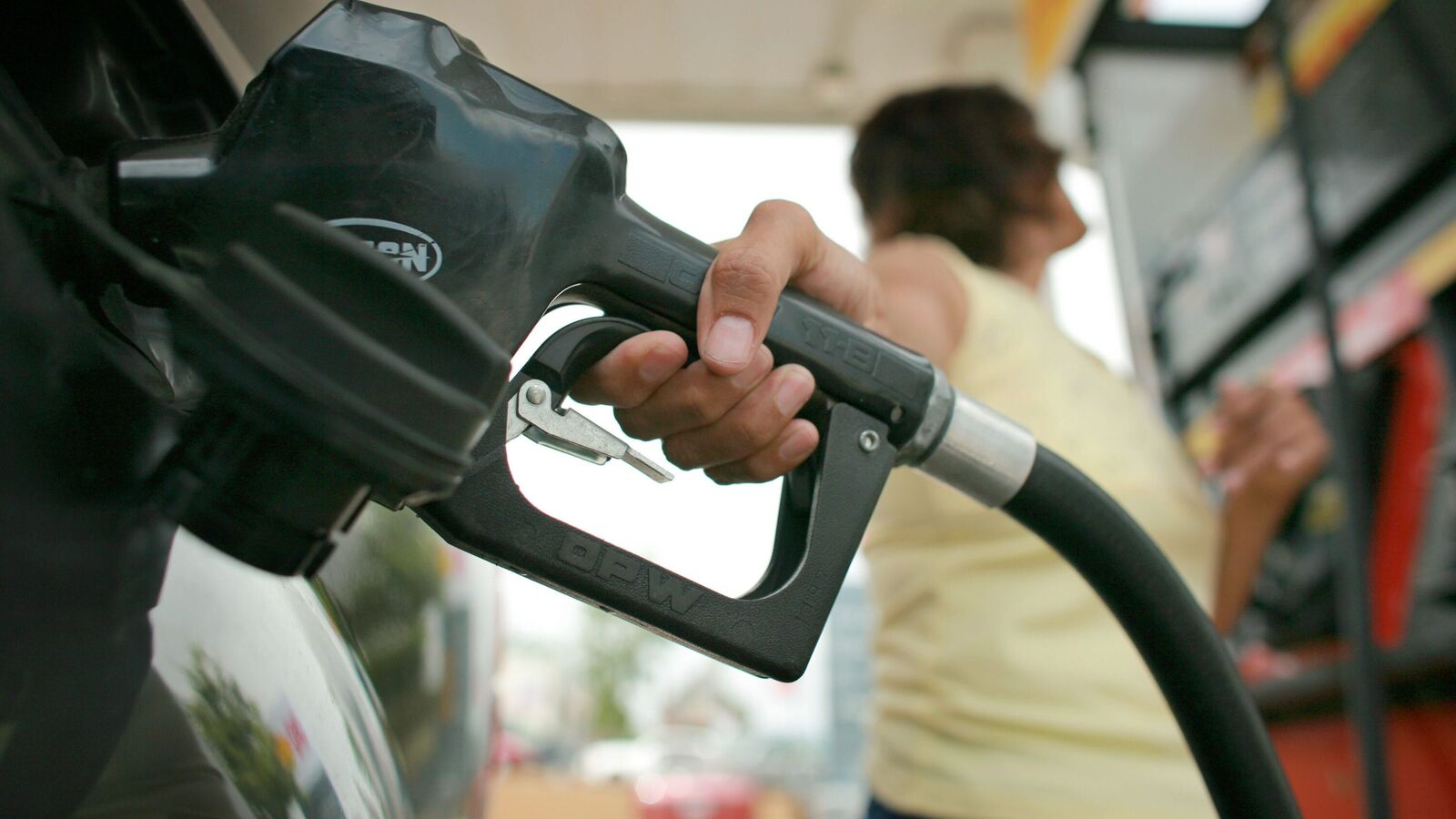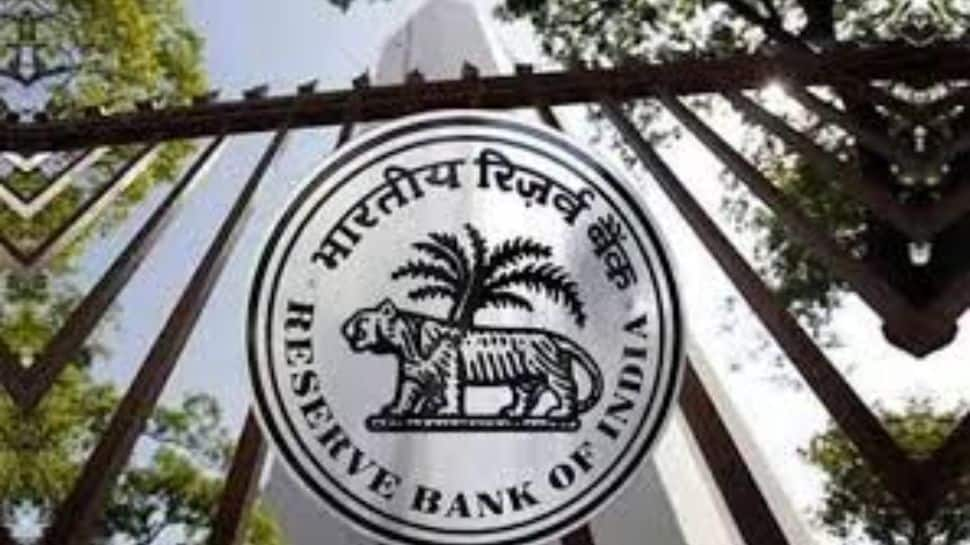This chemicals maker is betting on a gasoline boost to ease its margin pain

Specialty chemicals company Aarti Industries Ltd is struggling with acute margin pressure—its consolidated Ebitda margin fell to 13.8% in FY25 from 15.3% the year before. However, the stock has rebounded 37% from its 52-week low of Rs344.20 on 7 April.
That’s because the company’s key product, NMA (N-Methylaniline, which is used as an octane booster for gasoline), is poised to get a volume push from a higher gasoline-naphtha spread (decline in naphtha prices without a similar decline in gasoline prices). Naphtha is a key component in gasoline production.
NMA is part of Aarti Industries’s energy business, which accounted for 36% of the company’s FY25 revenue, 80% of which came from exports.
“Energy business outlook is expected to improve on favourable gasoline-naphtha spreads, and see sequential growth in volume from Q2FY26 on a lower base,”Emkay Global Financial Services said in a report on 23 June.
Emkay estimates that the gasoline-naphtha spread is expected to reach $13.6 per barrel in the April-June quarter (Q1FY26), up from $11.0 in Q4FY25 and $7.2 in Q3. This should lead to higher naphtha blending in gasoline and higher NMA to meet the global gasoline specification requirement.
To increase volumes from new capacity commissioned in Q3FY25, Aarti Industries is expanding to the US and Europe, beyond its key West Asian market. Also, a plant for a new product, Chlorotoluene, used in agro and pharma business segments, will be commissioned in H2FY26.
Global uncertainties
Capacity expansion is key to Aarti Industries’s plan to double Ebitda by FY28 from ₹1,001 crore in FY25, driven by higher capital expenditure, ramping up assets, and cost-saving initiatives.
For FY26, capex is pegged at Rs1,000 crore from around Rs1,400 crore in FY25. Elevated capex pushed Aarti Industries’s net debt/Ebitda ratio to 3.5x in FY25, but it is expected to decline to 2x by FY27.
The company maintained its three-year Ebitda guidance of Rs1,800-2,200 crore, but refrained from giving FY26 guidance owing to uncertainties around tariffs and geopolitics. This is not surprising considering that exports account for 60% of its revenue.
Aarti Industries faces significant pricing pressure, primarily due to excess capacity in China affecting agrochemicals and a subdued automotive industry affecting its polymer and additives segment. However, favourable US tariffs on India compared with those on China could benefit Aarti Industries’s agrochemicals and pharmaceuticals businesses.
In FY25, the company recorded volume growth of 17%, higher than its revenue growth of 15%.In FY26, management expects growth to be volume-led with little improvement in pricing.
Meanwhile, over the past year, the Aarti Industries stock has tanked by 32% due to margin woes. Consequently, the valuation multiple has dropped lower than its long-term average. At FY26 price-to-earnings, the stock trades at a multiple of 37x, according to Bloomberg data.







